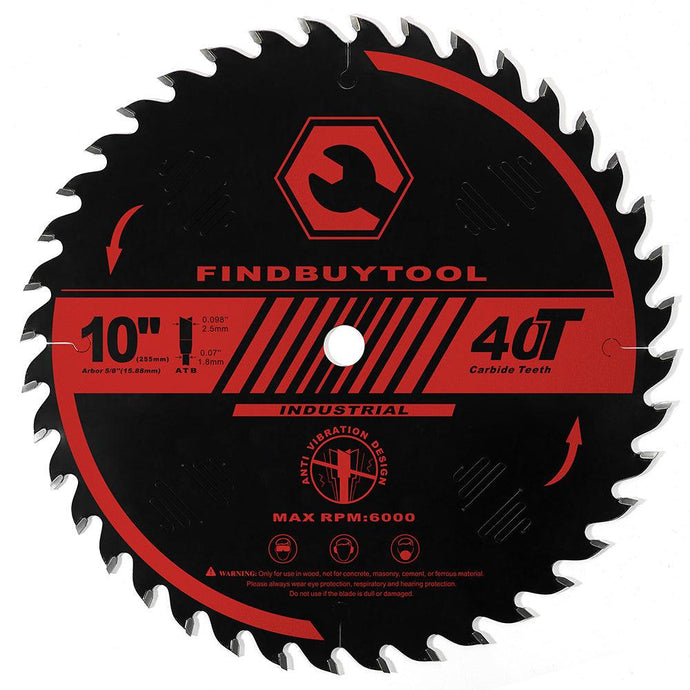Concrete Saw: The Essential Tool for Precision and Power in Construction
In the world of construction, where precision and efficiency are paramount, the concrete saw has become an indispensable tool. Whether cutting through concrete floors, walls, or driveways, these saws are designed to tackle the toughest materials with ease, delivering clean, accurate cuts. Concrete cutting requires specialized tools capable of handling the immense hardness of concrete, and the concrete saw fits this need perfectly. With its powerful motor, sharp diamond blades, and versatile design, this tool is essential for contractors, builders, and DIY enthusiasts who need to complete cutting jobs quickly and efficiently.
The concrete saw is engineered to withstand the rigorous demands of cutting through the toughest surfaces. Typically, concrete saws are equipped with high-powered motors capable of delivering the force required to cut through dense materials such as concrete, brick, stone, and asphalt. These saws come in various types, including handheld models, walk-behind saws, and wall saws, allowing users to select the best tool for the job depending on the scale and nature of the work. Whether working in a confined space or performing large-scale outdoor cutting, there's a concrete saw to fit every need.
One of the key features of a concrete saw is its diamond blade, designed specifically for cutting hard materials. Diamond blades are embedded with small, industrial-grade diamonds that act as abrasives, allowing the saw to slice through concrete with precision. Unlike traditional steel blades, which can become dull quickly when used on tough surfaces, diamond blades maintain their sharpness over extended periods, ensuring consistent, clean cuts. These blades are available in different configurations, including continuous rim blades for smooth cutting and segmented blades for faster, more aggressive cuts. The choice of blade depends on the type of cutting being performed, whether it's a precise cut in a decorative concrete surface or a rough cut in a foundation slab.
Concrete saws are not only powerful but also versatile. Depending on the model and blade type, they can be used for a variety of tasks. Handheld models are commonly used for smaller cutting jobs, such as making cuts in floors, walls, or paving stones. Walk-behind models, with their larger cutting capacity, are ideal for larger, more industrial projects like cutting asphalt roads, curbs, or large concrete slabs. These machines are equipped with a two-handed control system, which ensures better stability and more precise cutting. Wall saws, which are often mounted on tracks, allow for even more specialized work, enabling contractors to cut vertical surfaces, like concrete walls or foundations, with ease. The ability to use these different saws across a range of applications makes the concrete saw an incredibly valuable tool in any construction arsenal.
A key benefit of using a concrete saw is the speed with which it can complete tasks. Cutting through concrete without the right tool can be time-consuming and difficult, but the power and design of a concrete saw allow for rapid work, even on large projects. For instance, a walk-behind concrete saw can cut through several feet of concrete in a matter of minutes, speeding up construction timelines significantly. This efficiency is not only crucial for meeting deadlines but also for maintaining worker productivity, as less time is spent on each cut, leaving more time for other tasks.
Safety is also an important consideration when using a concrete saw. Given the power of the machine and the potential for flying debris, wearing the appropriate protective gear is essential. Operators should always wear safety glasses, ear protection, and a dust mask to protect themselves from concrete dust, which can be hazardous to health when inhaled. Many concrete saws are designed with integrated dust control systems, including water systems that reduce airborne dust and keep the cutting area cleaner. These features help improve safety for both the operator and others working nearby. Additionally, the vibration reduction systems in some models help minimize user fatigue and improve control during prolonged use, further enhancing safety.
Another aspect that makes concrete saws highly efficient is their portability. While walk-behind models are larger and require more space, handheld models offer excellent mobility and are perfect for tasks that require maneuverability in tight spaces. Whether you're cutting pipes in a confined area or trimming the edges of a concrete slab, a handheld concrete saw can provide the necessary control and power. For larger cutting tasks, the walk-behind concrete saw ensures that operators can maintain control over the saw while benefiting from its increased power and cutting capacity.
Concrete saws are also valuable in terms of their long-term cost-effectiveness. Although these saws require an initial investment, their durability and ability to perform tough cuts mean that they can be used for years without the need for frequent replacements. When combined with high-quality diamond blades, the lifespan of a concrete saw is extended even further, ensuring that it continues to deliver exceptional performance over time. As a result, contractors and builders can rely on their concrete saws for a wide range of projects, reducing the need for multiple specialized cutting tools.
The versatility, power, and efficiency of the concrete saw make it an essential tool for anyone involved in construction or renovation work. From cutting concrete slabs and foundations to making precise cuts in masonry or stone, the concrete saw ensures that every task is completed quickly and accurately. By choosing the right model for the job, workers can achieve professional-grade results with minimal effort, allowing them to tackle even the most challenging cutting tasks with confidence. Whether you're a professional contractor or a DIY enthusiast, a concrete saw is a tool that no serious construction project should be without.

